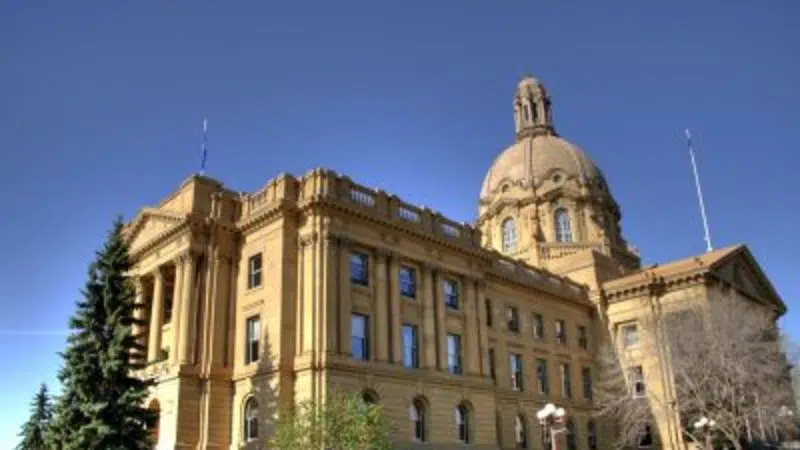
UCP focused on job creation and economic growth in Budget 2020
“A plan for jobs and the economy” is the slogan accompanying the United Conservatives’ Budget 2020.
The budget was tabled Thursday and the government revealed that third-quarter results show the provincial deficit has declined more than expected, being $1.2 billion lower than projected in Budget 2019. According to the UCP, that means the government is on track to balance the budget by 2022-23, and Alberta taxpayers can expect to pay $35 million less in debt-servicing costs.
The budget deficit for 2019-2020 is $7.5 billion, which is less than the $8.7 billion that was originally forecast. For 2020-21, the province will see a $6.8 billion deficit on revenues of $50 billion.
The province stresses the budget provides stable funding for health, education, and core social services while finding cost efficiencies and creating jobs. The UCP says they are focused on living within their means and finding savings through efficiencies and pushing money to the “front lines.”


